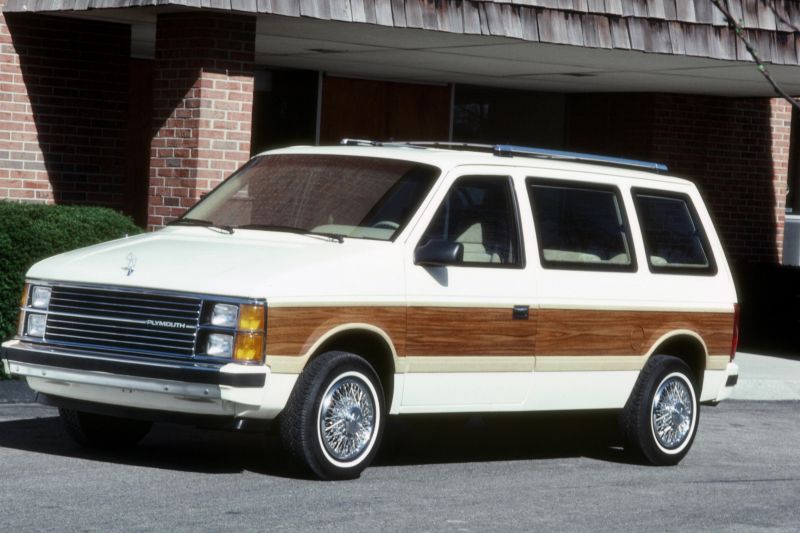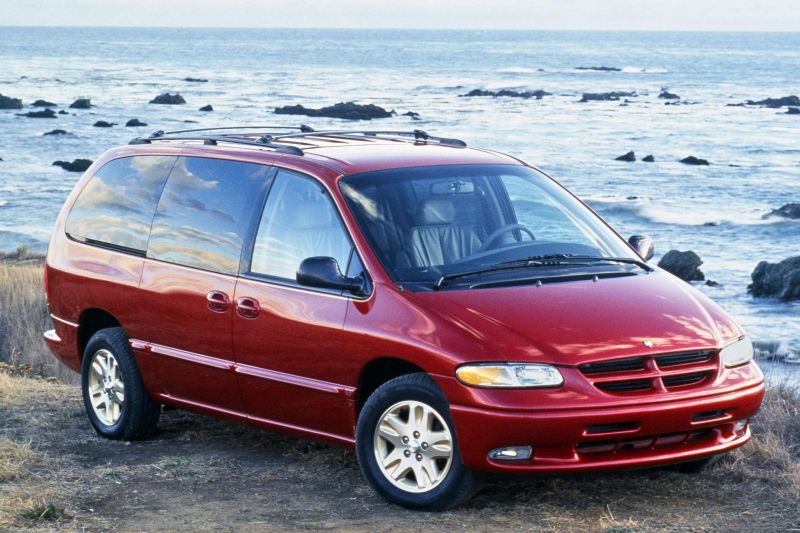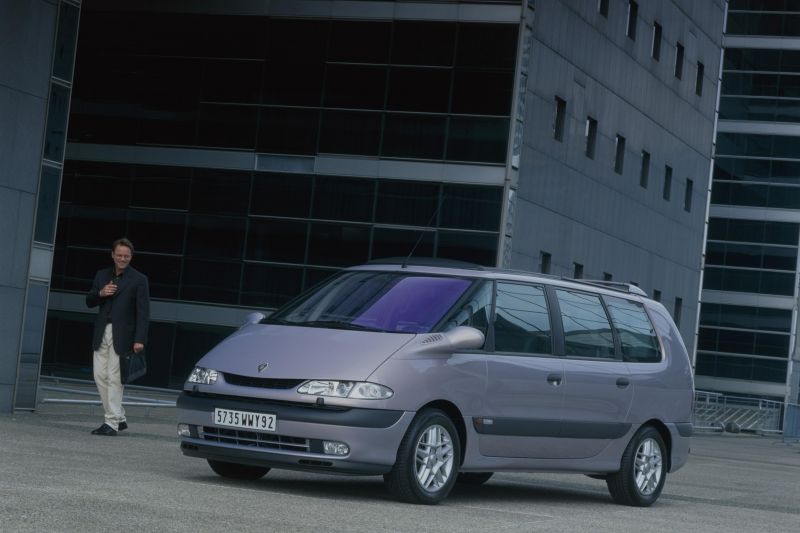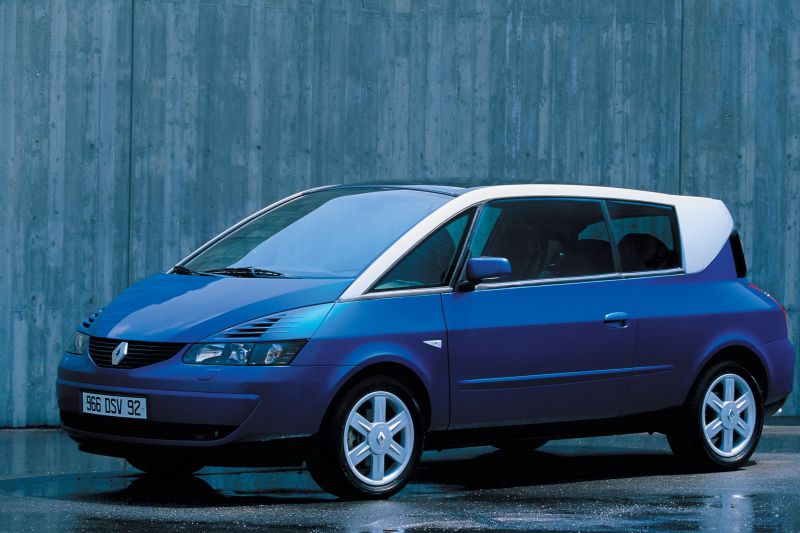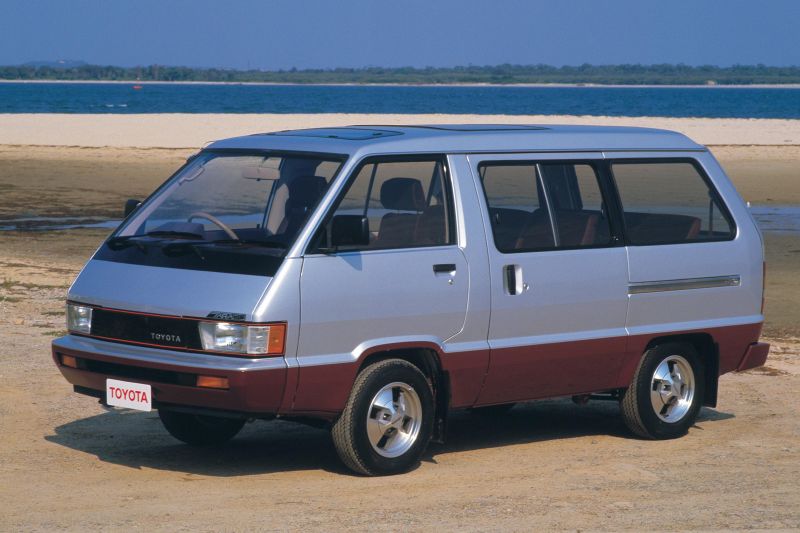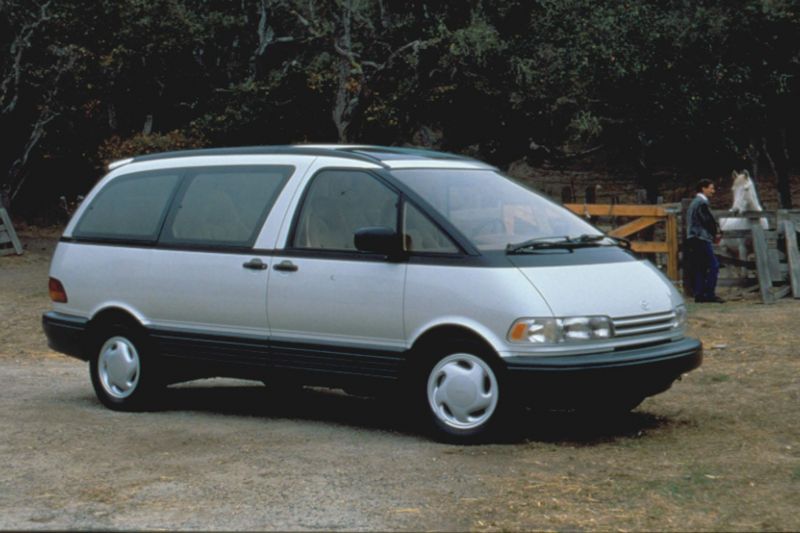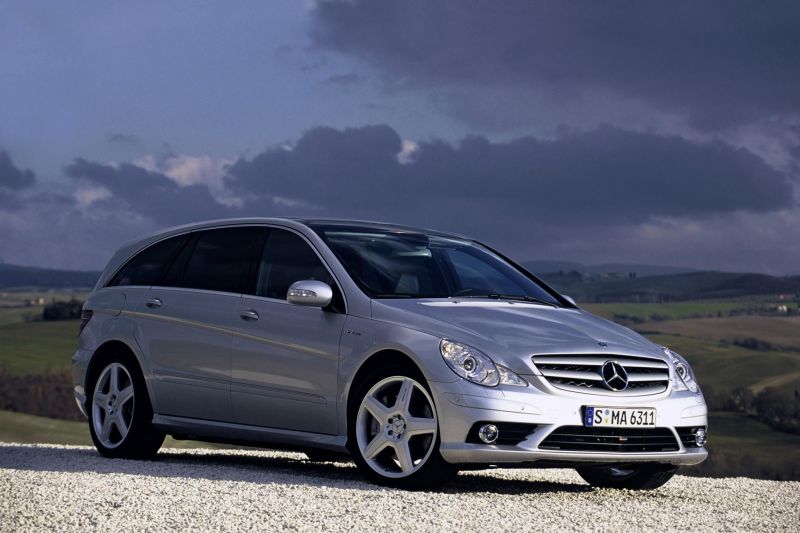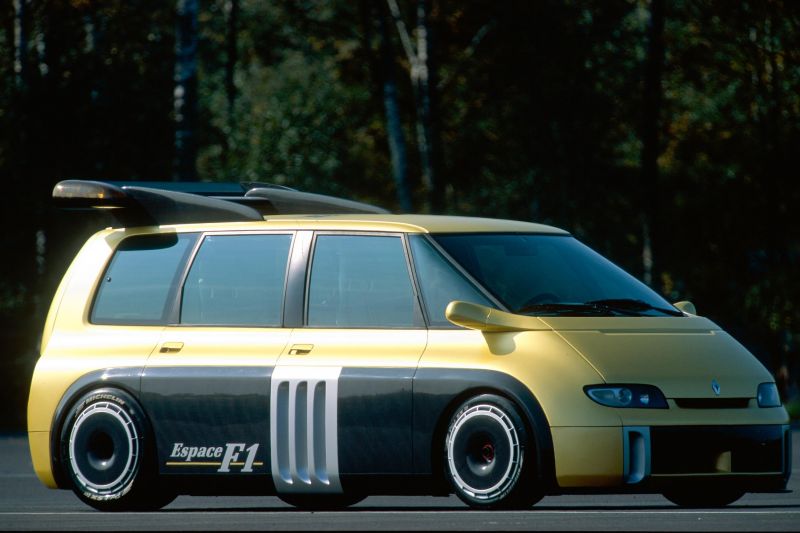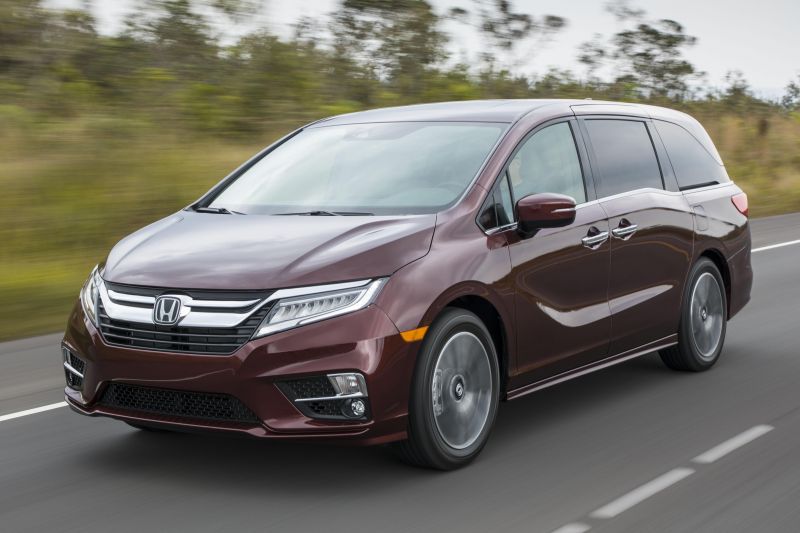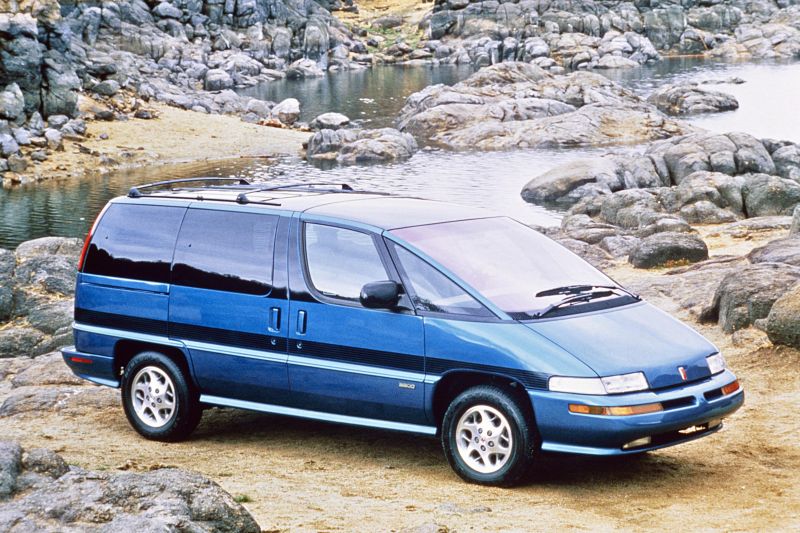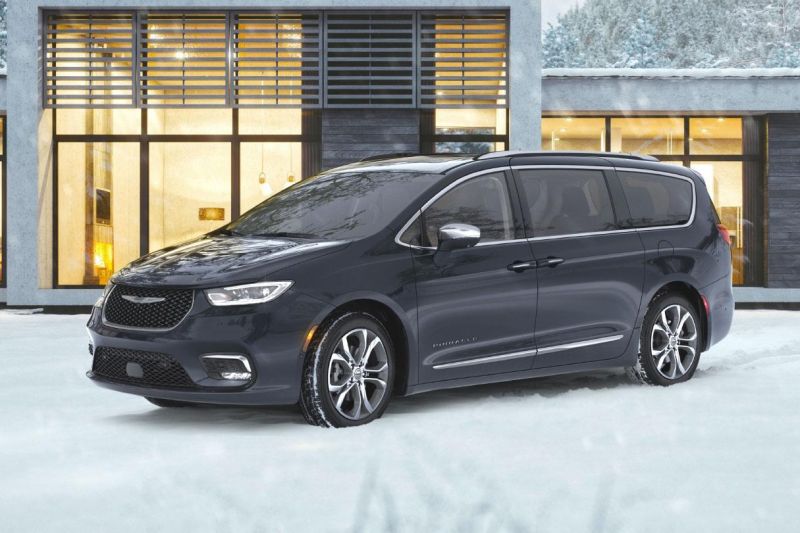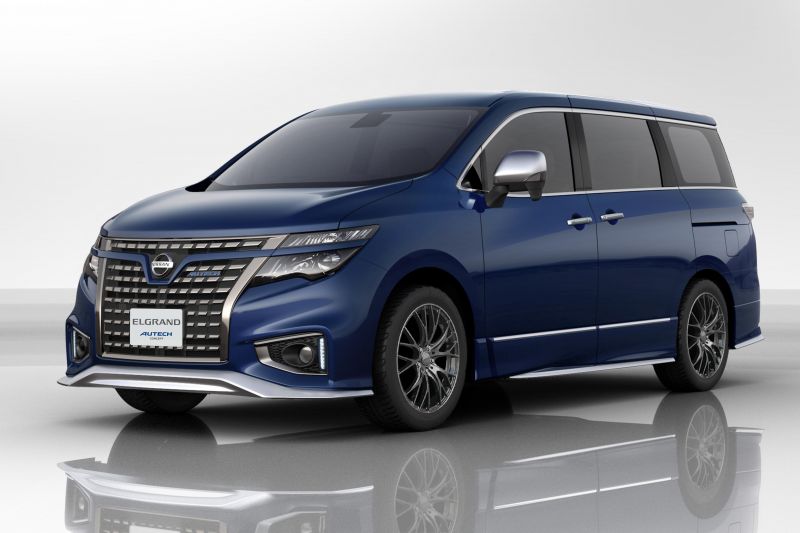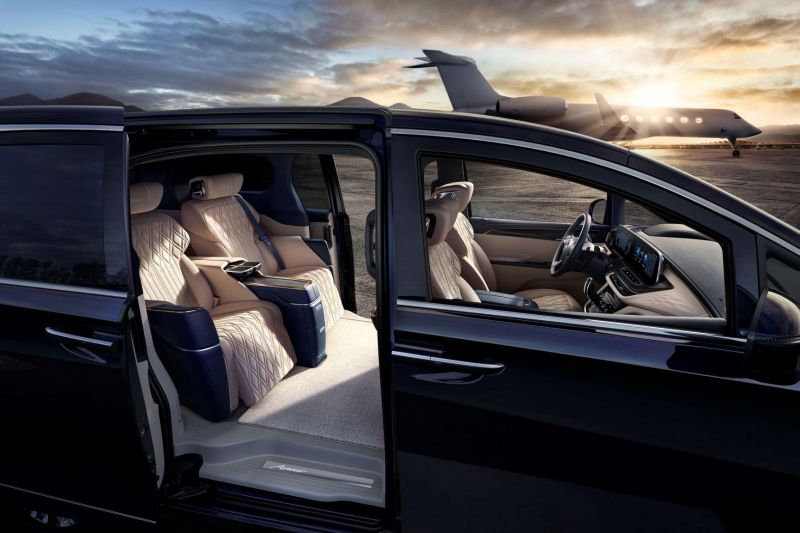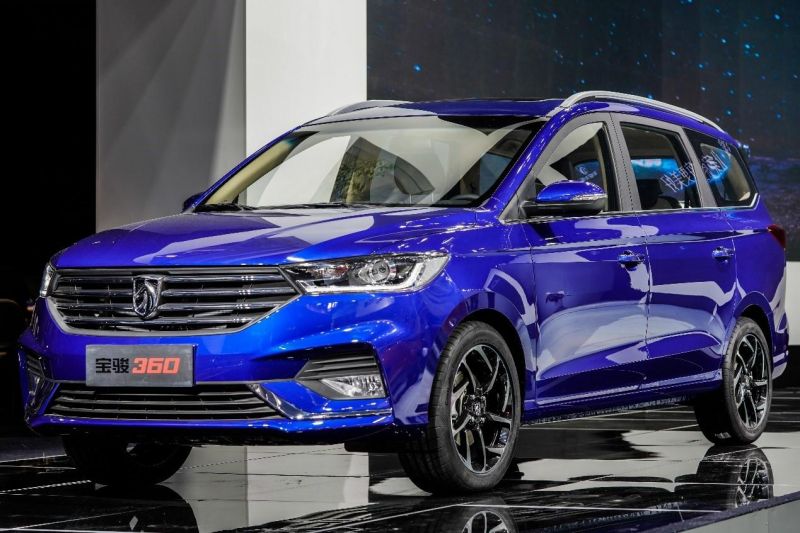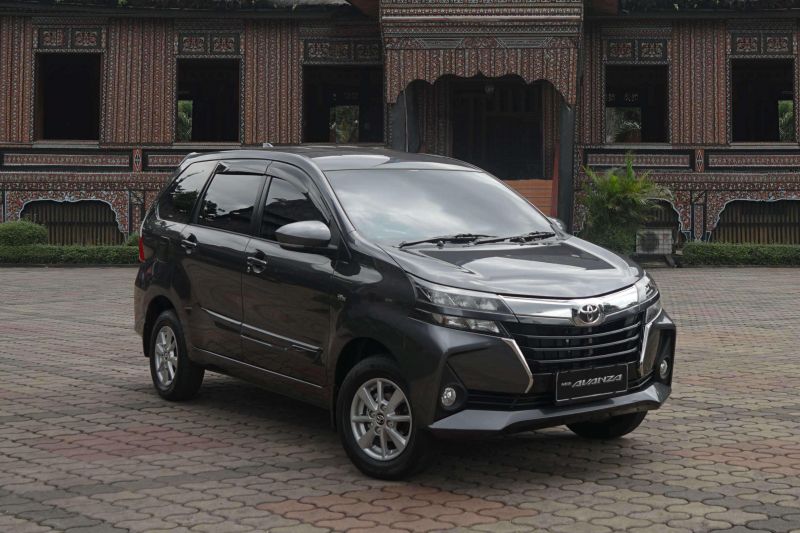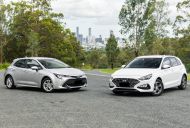We’ve already waxed lyrical about the practical appeal of the people mover. They can be good to drive, and pack more space than the equivalent crossover.
It’s time, then, to take a quick stroll through the history of the people mover, from 1979 to 2020 with a few detours in between.
Plymouth Voyager and Dodge Caravan
In 1979, Lee Iacocca, the Chrysler CEO who turned the company around, approved the development of a small unibody van aimed at families.
The original Voyager and Caravan were developed with the express intention of providing a “car-like” driving experience, something missing from the larger passenger variants of full-size vans.
Although the Voyager/Caravan had its own platform, many components, including the dashboard and drivetrains, were shared with other Chrysler Group vehicles. To help entry and exit for those in the second and third rows, the Voyager/Caravan had a sliding door on the passenger’s side.
Initially offered with a 2.2-litre four-cylinder petrol engine, a Mitsubishi 3.0-litre V6 was added later.
This being America in the eighties, Chrysler’s minivans could be ordered as a ‘woodie’ with faux wood trim along the sides. Indeed, it wasn’t until the third-generation range went on sale in 1996 the option was deleted.
In subsequent generations, the Voyager, Caravan, and Chrysler Town & Country grew larger and larger, but also scored innovations such as a second sliding door, easily removable seats, and finally Stow’n’Go seats.
In Australia and other export markets, these people movers were sold by the Chrysler brand, but used the Voyager model name.
At the time of writing, Chrysler in the States has been reduced to a two-model lineup: the 300 rear-wheel drive sedan, and the Voyager/Pacifica minivan.
Renault Espace
The Espace showed up in French showrooms a few months after the Plymouth Voyager went on sale in the USA.
Aside from its ground-breaking shape, the Espace had an interesting backstory. It was designed and produced by Matra, an aeronautics and weapons firm which had an automotive side business.
The automotive arm was half owned by Chrysler Europe throughout most of the 1970s, and it was during this time Matra began developing a people mover concept.
In 1979, all of Chrysler Europe, including its half share in Matra, was sold PSA Peugeot-Citroen. PSA decided the people mover idea was too risky, and eventually sold its stake in Matra to concentrate on nursing the remnants of Chrysler Europe back to health.
Matra finally found a taker for the people mover project in Renault, but the automaker insisted on cramming its longitudinal four-cylinder engines into a vehicle originally designed for transverse motors.
Despite this significant change, the original Espace featured a lot of components from the PSA parts bin, and looked more like an ex-Chrysler product than a Renault.
The fourth-generation Espace, launched in 2002, was the first to be designed and built in-house by Renault.
As partial compensation, Matra was tasked with building the Avantime, a luxury grand touring three-door coupe MPV based on the Espace. As its name suggested, it was very avant-garde and way ahead of its time.
After two years of production, Matra decided to quit the car-making business because it only built 8557 Avantimes.
With Renault sinking into the red, and the market for large non-premium vehicles and people movers drying up on the Continent, rumours abound that the axe will fall on the Espace in the not-too-distant future.
Toyota Tarago
Locally the most famous nameplate in the people mover game was the Toyota which shared its name with a small town just outside of Canberra, the Tarago.
Launched in 1983, the first-generation model was just a HiAce van fitted with three rows of seats.
It wasn’t until the second generation was introduced globally in 1990 the Tarago gained car-like dynamics in the most radical way possible.
While a monocoque construction and more normal seating position greatly improved the car’s handling and safety, interior space was maximised thanks to the body’s egg-shaped design.
Even more radical, the Tarago was rear-wheel drive and had an engine mounted under the front seats with only the spark plugs accessible from within the cabin.
Unfortunately this layout meant it was impossible to fit anything larger than the 99kW 2.4-litre four-cylinder, although a supercharged variant with 118kW was offered in the States and Japan.
This generation was also sold with a shorter and narrower body in Japan to make it more affordable under the country’s taxation regime. Some of these Estima models have filtered through to Australia and New Zealand as used imports.
Subsequent generations of the Tarago shifted to a front-wheel drive platform shared with other Toyotas in order to reduce costs.
In 2019 Toyota completed the circle by replacing the car-based Tarago range with the Granvia, a people mover based on the HiAce van.
Performance models
Thanks largely to various German luxury brands, the idea of high-performance crossovers with meaty V8 engines are part of our automotive diet. Sadly, the idea never stuck in the people mover category.
With interior space the number one priority and most models riding on front-drive platforms, performance people movers have been few and far between, even though most of today’s full-size models have between 180kW and 220kW on hand.
The Mercedes-AMG R63 is easily the most powerful production MPV ever. As the R-Class shared its underpinnings with the contemporary ML-Class and GL-Class, the R63 was fitted with all-wheel drive and a 6.2-litre V8 making 375kW and 630Nm.
Outside of this, performance MPVs have been restricted to a few concepts and race specials.
Of these, the Renault Espace F1 is easily the pick of the bunch. Its carbon fibre body took the second-generation Espace design and pumped it up with a bucket full of steroids.
Under the skin, the tranquil front-wheel drive chassis was swapped out for carbon-fibre setup with a mid-mounted 3.5-litre V10 taken from the contemporary Williams-Renault, and rated at around 590kW.
While the Espace F1 couldn’t fit a family and all its stuff, it did feature a passenger’s seat, allowing mere mortals to experience the performance of a Formula 1 car.
The most hyper of all minivans, the F1 had a 0-100km/h time of 2.8 seconds and top speed of 312km/h.
European MPVs
While the Espace was born in 1984, it wasn’t until the mid-1990s before other manufacturers really began muscling in on Renault’s turf. First there were direct competitors, such as the Ford Galaxy and Volkswagen Sharan twins, and the Chrysler Voyager.
Around the same time, manufacturers began introducing smaller models to fill the void left behind by the Espace as it grew ever larger.
Renault again led the charge with the Megane-based Scenic, and this was followed by the likes of the Citroen Xsara Picasso, Volkswagen Touran, and Ford C-Max.
Around the turn the millennium even smaller MPVs such as the Renault Modus, Opel Meriva, Ford B-Max, Fiat 500L, and Citroen C3 Picasso began appearing. Most of these mini-minivans have since disappeared, with similarly sized crossovers taking their place.
Indications are most of the Scenic-class people movers are facing the same fate. In a twist of fate many will be replaced by van-based models. On a positive note, Volkswagen’s aggressive push into EVs looks as though it will serve up an electric successor to the classic Kombi van.
American minivans
In America, people movers are typically referred to as minivans because the first-generation Voyager and Caravan were a compact 4.47 metres from tip to tail, much smaller than the van-based people carriers available at the time.
With the success of the Chrysler minivans, Ford and GM (and later Japanese and Korean marques) jumped aboard the bandwagon with sliding doors.
While Ford aped Chrysler’s basic design, GM went down a rather more radical design route with its “dustbuster” minivans with the Pontiac TranSport, Oldsmobile Silhouette, and Chevrolet Lumina APV.
It can be argued lacklustre sales meant most subsequent vehicles focussed on practicality and reliability over emotional appeal.
The segment’s golden age lasted until the around mid-2000s when large SUVs began eating into their share of the pie. The trend has only accelerated over the last decade as crossovers of all sizes, and especially three-row models, have grown in popularity.
At the time of writing, there are just four players left in the game: the Chrysler Pacifica/Voyager, Toyota Sienna, Honda Odyssey, and Kia Sedona (sold in Australia as the Carnival). All measure around 5.1 metres long, meaning these models are only mini in comparison to, say, a Chevrolet Suburban.
Although sales are still heading south, there still seems to be enough interest here to sustain the current entrants for another generation or two with the Sienna having recently been redesigned and a new Sedona/Carnival just around the corner.
Japanese boxes
While people mover sales figures in Europe and the USA don’t make for great reading, in the land of the rising sun boxy vehicles of all sizes are seemingly everywhere.
Thanks to a combination of crowded cities, a road tax regime that favours smaller vehicles, and an economy that’s been stagnant for the best part of three decades Japanese buyers are keen to get as much volume as possible for their money.
There are people mover variants in all size classes from diminutive kei cars through to the striking — some would say garish — full-size models, like the Toyota Alphard/Vellfire and Nissan Elgrand.
Some of these models, especially the larger ones, are sold throughout much of Asia, where cities are similarly crowded. Some have even found their way into Australia through specialist importers.
In order to improve both performance and fuel economy, many Japanese people movers beyond the kei car bracket are offered with hybrid drivetrains.
The rest of the world
There are some other corners of the world where the people mover still has some cachet.
In China, people movers are available through various class sizes.
Although sedans offers more status, at the affordable end of the scale, vehicles like the Baojun 730 are able to garner six-figure sales by offering car-like dynamics and the maximum amount of space for the money.
At the other end of the market, automakers have begun pitching their largest people movers not only as a luxurious way of moving the family around, but also as a way for successful executives to be driven around in superlative levels of comfort.
Both the recently-launched Lexus LM and Buick GL8 Avenir are available with four seats, with the second row resembling the business class section of an aircraft complete with large television screens.
Another place where people movers still thrive is Indonesia. Thanks to the success in 1980s and 1990s of the Toyota Kijang, a people mover based on the HiLux ute, the country has a strong taste for the format.
While the Kijang/Innova retains its ute roots, the country has become a hub for developing and producing smaller and more affordable people movers, such as the Toyota Avanza, Honda Mobilio, and Mitsubishi Xpander.
Many of these models are then exported to other markets in the regions, and sometimes other developing markets, such as South Africa.
What’s your favourite (or least favourite) people mover? Let us know in the comments section below.

